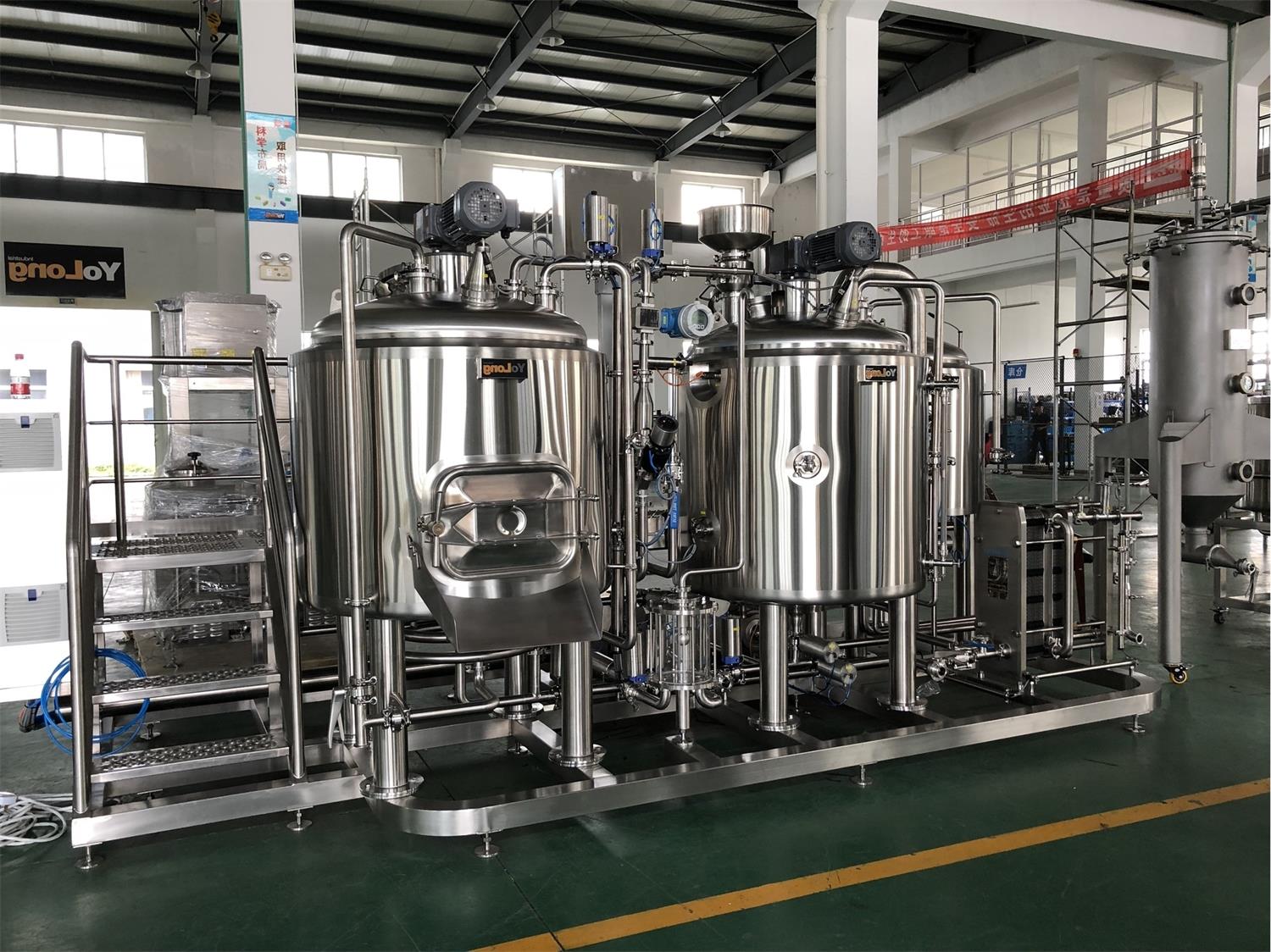Best Craft Breweries in China
The Rise of Chinese Craft Beer
Once upon a time, beer in China was a one-note affair—mass-produced lagers dominated every dinner table, street corner, and KTV lounge. But oh, how times have changed. Over the past decade, China has undergone a beer revolution. It’s not just about cracking open a cold Tsingtao anymore. These days, the streets of cities like Shanghai, Beijing, Chengdu, and Shenzhen are buzzing with breweries crafting everything from citrusy IPAs to deep, chocolatey stouts.
Why Craft Beer is Booming in China
You might be wondering: why now? Why is China—once known for baijiu and macro lagers—suddenly obsessed with small-batch beers?
The answer’s layered. First, China’s middle class is massive and growing. With more disposable income, younger consumers are choosing experience over volume. They don’t want just any drink—they want a story in a glass. Something brewed with care, with flavors that surprise and evolve.
Second, the nation’s palate is changing. From food to fashion to coffee, there’s a growing appreciation for artisanal, craft-driven products. Craft beer fits right in with this lifestyle shift. Add to that a growing community of brewers, homebrewing workshops, festivals, and taprooms, and you’ve got the perfect brewstorm.
Lastly, there’s a cool factor. Drinking craft beer is like wearing limited-edition sneakers—it signals taste, curiosity, and a connection to a broader, global culture. It’s not just what’s in the pint—it’s about being part of the culture that made it.
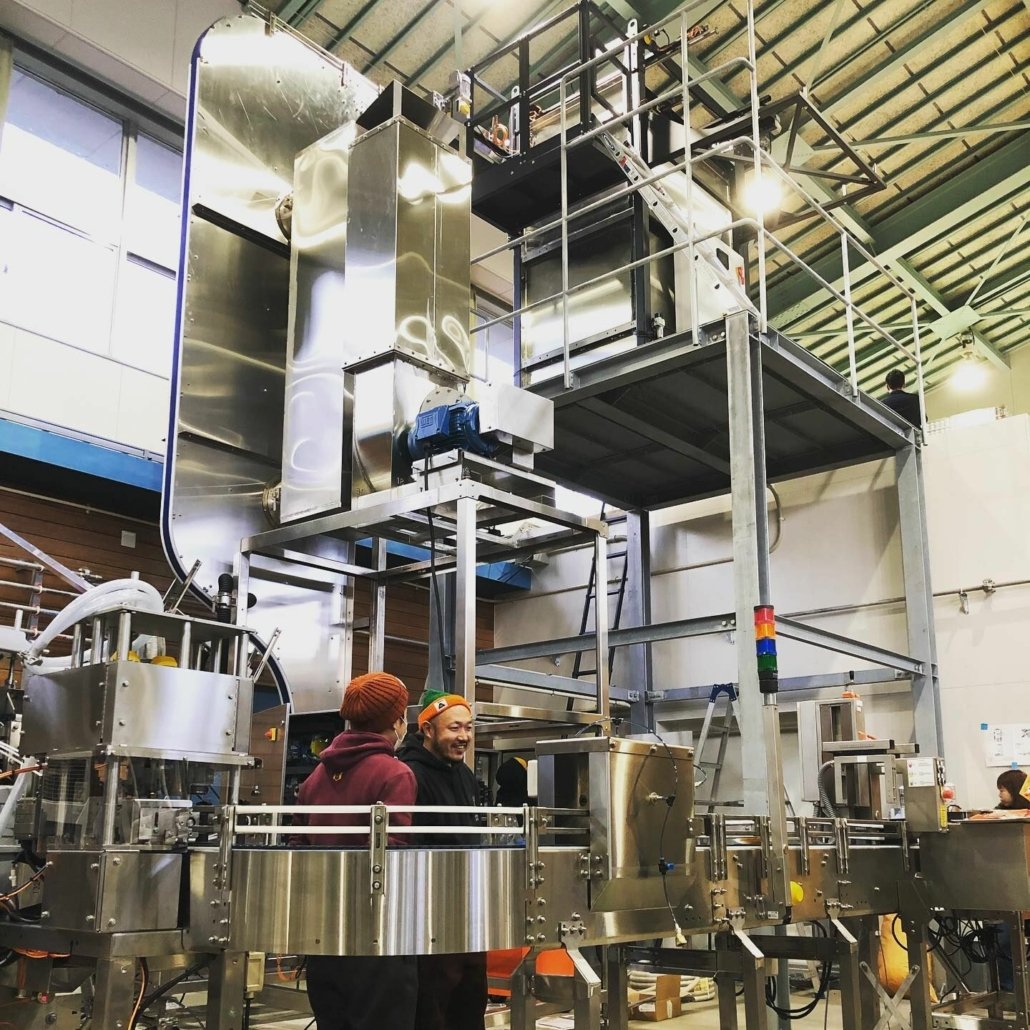
Top Cities for Craft Beer in China
If you’re on a mission to discover the best craft breweries in China, your first stop should be the cities leading the charge. Let’s take a stroll through the country’s top hoppy hotspots:
Shanghai is the godfather of the movement. It’s where China’s first modern craft breweries like Boxing Cat and Liquid Laundry got their start. The city offers a cosmopolitan crowd, constant innovation, and enough events to keep beer lovers busy year-round.
Beijing isn’t far behind. This capital city has given rise to heavy-hitters like Great Leap Brewing, Arrow Factory, and Jing-A. Here, the brews are bold—mirroring the city’s political and cultural weight.
Chengdu brings spice to the game—literally. Known for its fiery cuisine, the local beers often reflect that intensity. Places like Wild West Brewing blend local herbs and spices for a Sichuan twist that hits the tongue like hotpot.
Shenzhen, the tech mecca, has become a surprise contender in the craft scene. Fast-paced and youthful, this city loves innovative brews and tech-savvy taprooms. Think QR-code beer menus and brewers using AI to monitor fermentation.
Hangzhou and Nanjing are the rising stars—smaller scenes, but with passionate local communities and standout microbreweries making waves.
What to Try – Must-Taste Brews Across China
| Brewery | City | Flagship Beer | Flavor Profile | Why Try It? |
|---|---|---|---|---|
| Great Leap Brewing | Beijing | Honey Ma Gold | Spicy, floral, citrusy | Uses Sichuan peppercorns for a tingling finish |
| Boxing Cat Brewery | Shanghai | TKO IPA | Hoppy, bitter, piney | One of China’s most awarded IPAs |
| Jing-A Brewing Co. | Beijing | Mandarin Wheat | Zesty, smooth, fruity | Infused with local mandarin oranges |
| Master Gao | Nanjing | Baby IPA | Light, citrus, mild bitterness | Balanced IPA with local ingredients |
| Shangri-La Beer | Yunnan | Black Yak Porter | Roasty, dark, slightly sweet | Uses highland barley from Tibetan plateau |
| Wild West Brewing | Chengdu | Sichuan Saison | Herbal, spicy, funky | Reflects local Sichuanese spice profiles |
| Bionic Brew | Shenzhen | Electric IPA | Crisp, tropical, bold | Known for pushing flavor boundaries |
| Slow Boat Brewery | Beijing | Monkey’s Fist Pale Ale | Balanced, floral, hoppy | Smooth, sessionable crowd-pleaser |
| Bad Monkey Brewery | Dali | Yunnan Pale Ale | Earthy, citrusy, unique | Locally sourced Yunnan hops |
| NBeer | Beijing | Beijing Gose Modern | Tart, salty, refreshing | Creative spin on a classic German style |
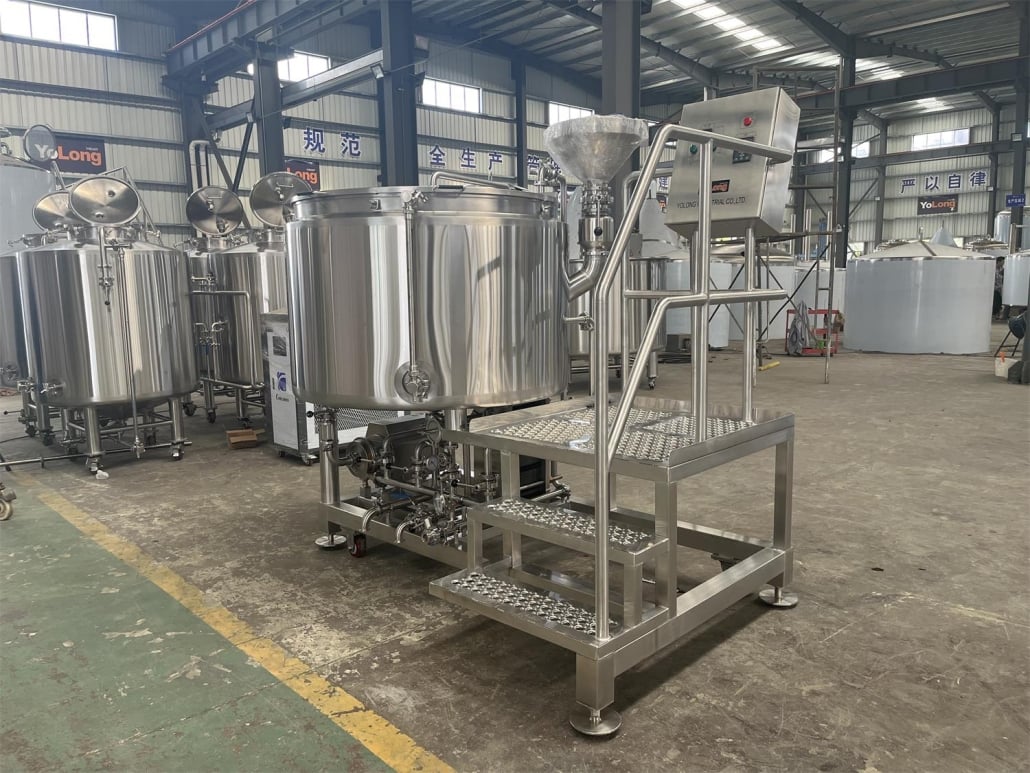
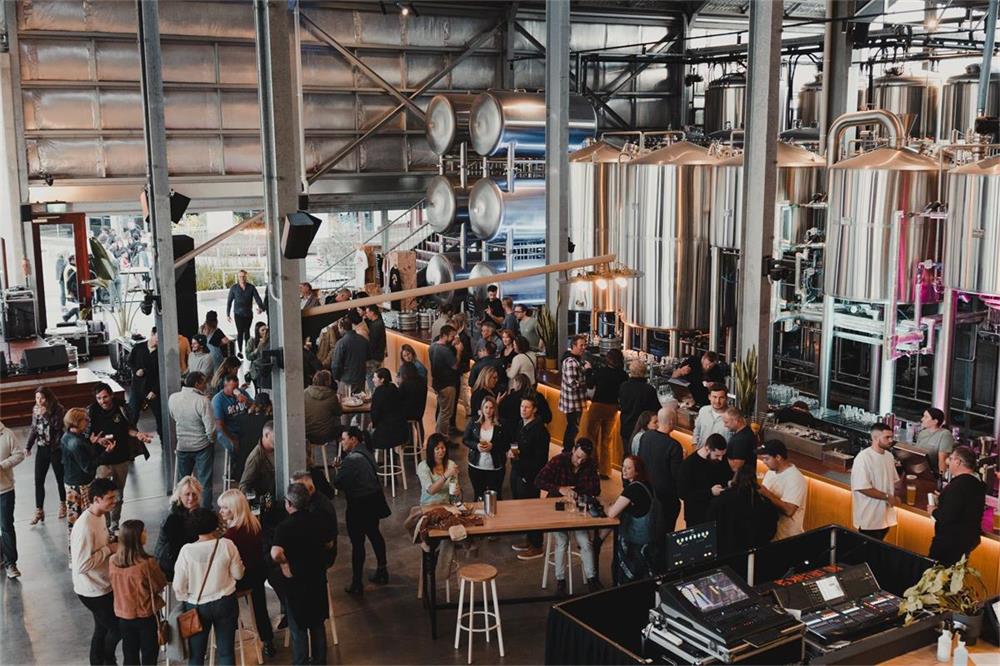
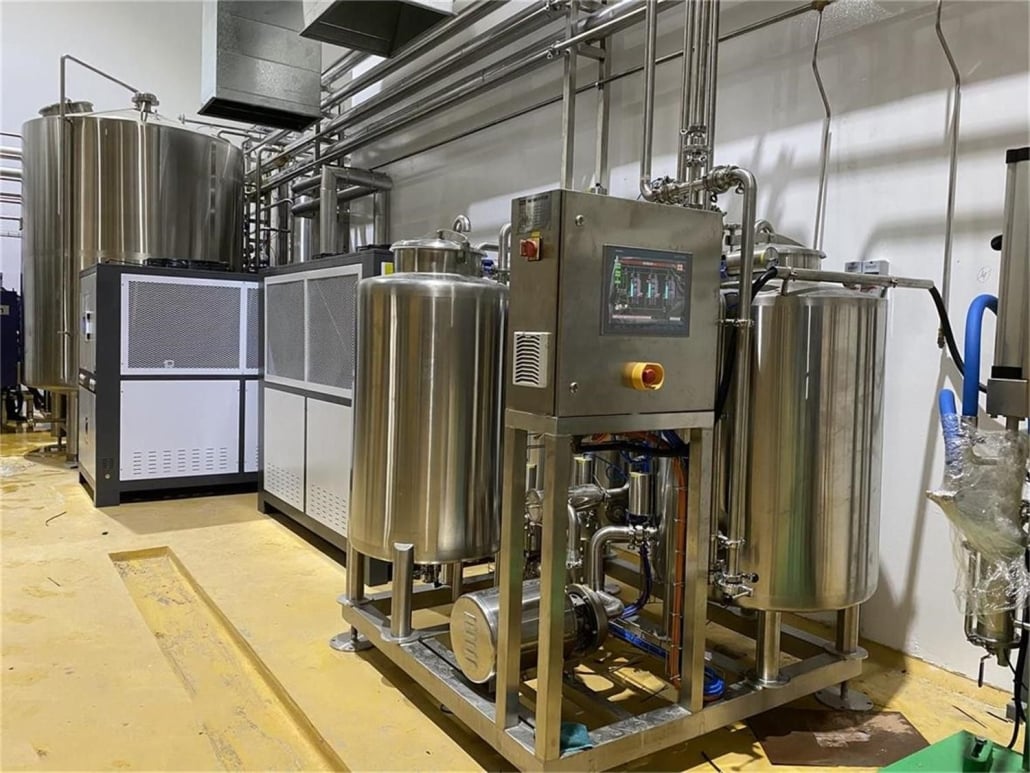
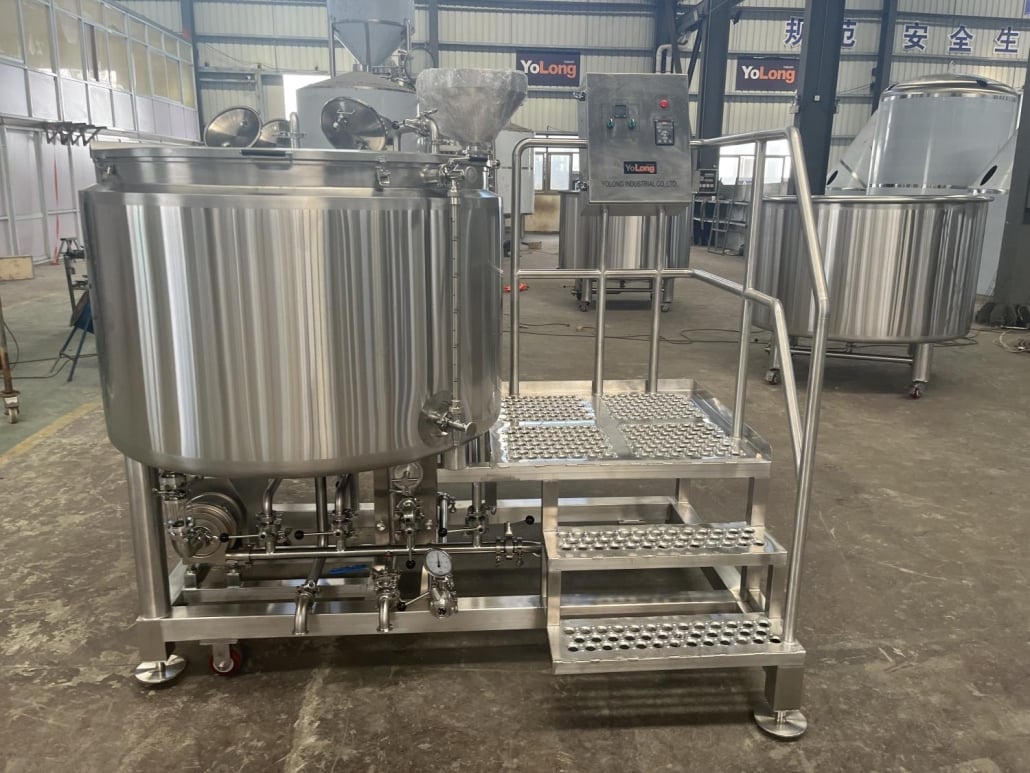
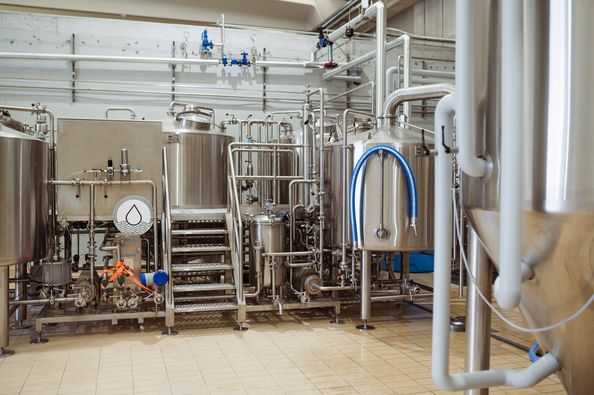
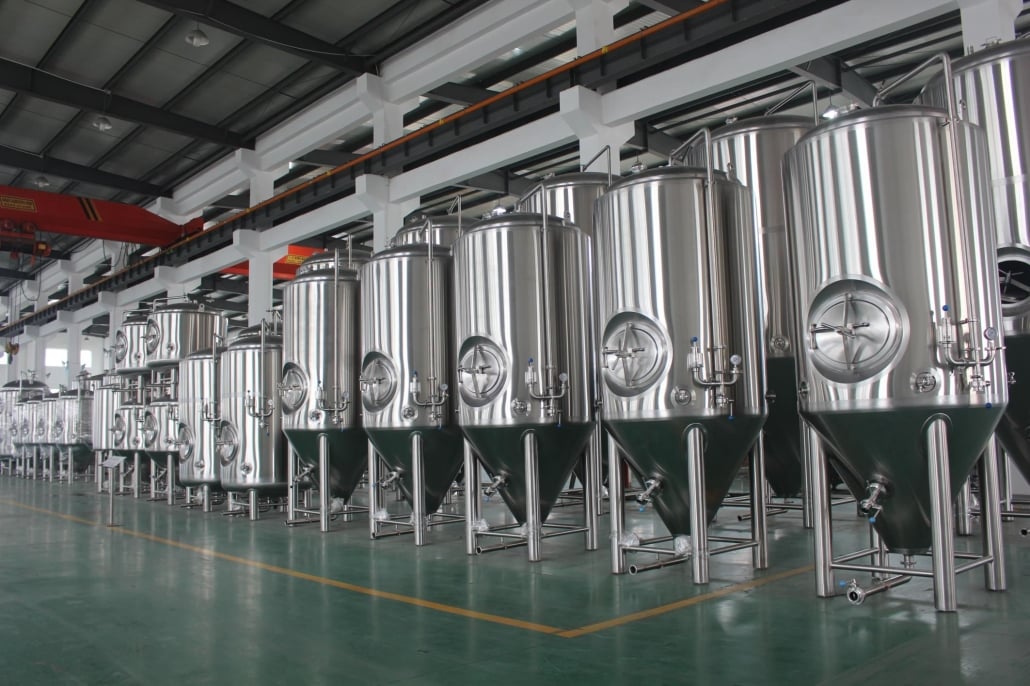
How to Explore – Craft Beer Tours & Events
Now that your taste buds are tingling, how do you actually go about discovering these brews? Simple: follow the events, take the tours, and dive headfirst into local taprooms.
Beer festivals are popping up like mushrooms after rain. From the Shanghai International Beer Festival to Chengdu’s Craft Beer & Music Fest, there’s no shortage of hops-filled weekends. These events are great for sampling a wide range of styles, meeting brewers, and learning what’s behind each pint.
Taproom hopping is another joy, especially in cities like Beijing and Shanghai where you can plan an entire night around hitting multiple breweries within walking distance. Each spot has its own vibe—some are rowdy and buzzing with energy, others are intimate and perfect for a quiet chat with the brewer.
Want to go deeper? Sign up for brewery tours. Places like Great Leap and Shangri-La offer behind-the-scenes looks at their process. You’ll learn how ingredients are sourced, how fermentation works, and even how beers are paired with different foods. Think of it as beer school—but with tastings after every lesson.
Craft Beer Equipment in China – What Powers These Breweries?
Most Chinese craft breweries rely on custom-built or imported brewing systems, ranging in size and sophistication. Here’s a quick look at the brewing equipment behind the beer:
| System Type | Typical Capacity | Material | Automation Level | Price Range | Usage |
|---|---|---|---|---|---|
| Nano-Brew System | 50L – 200L | Stainless Steel | Manual to Semi-auto | $5,000 – $20,000 | Pilot brews, R&D |
| Microbrewery Setup | 500L – 2000L | SS + Copper Accents | Semi to Fully Auto | $30,000 – $150,000 | Mid-size breweries, taprooms |
| Commercial Brewery Kit | 3000L+ | High-grade SS | Fully Automated | $200,000+ | Large scale craft production |
These setups vary depending on the goals of the brewery. Smaller breweries favor flexibility and experimentation, while larger ones invest in consistency, scalability, and efficiency. Chinese manufacturers like Tiantai, DEGONG, and YoLong offer local advantages in pricing and customization compared to Western brands.
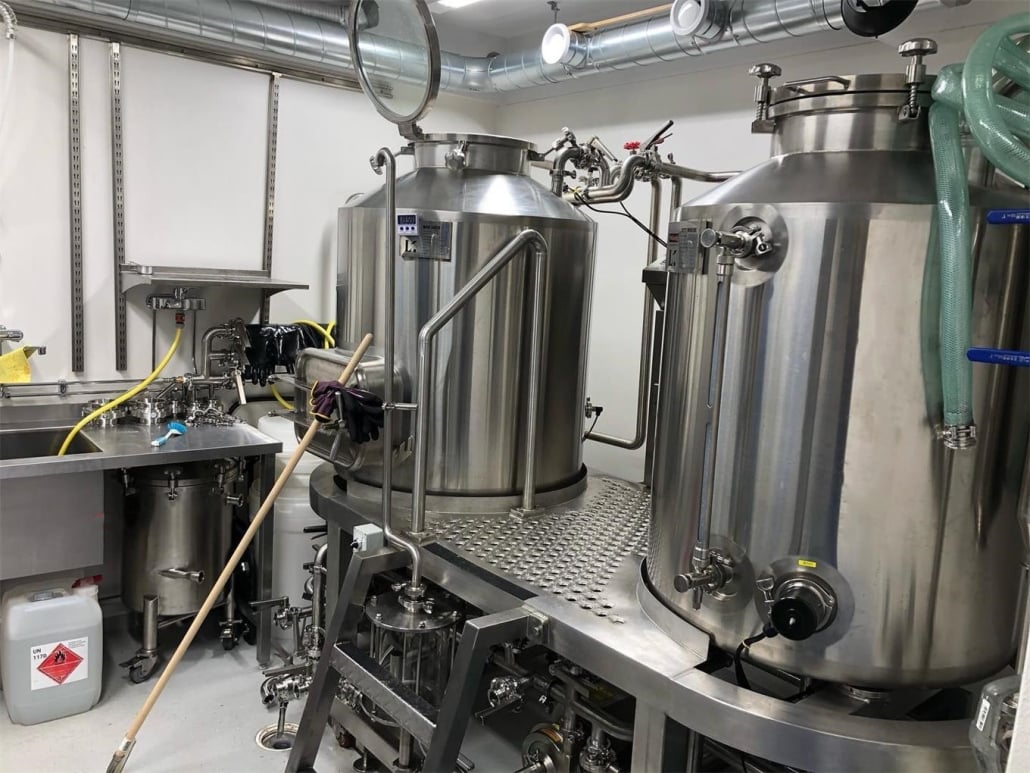
FAQs
| Question | Answer |
|---|---|
| What’s the most popular craft beer in China? | Great Leap’s Honey Ma Gold is arguably the most iconic, known for its Sichuan peppercorn kick. |
| Are there beer tours in China? | Yes! Cities like Shanghai and Beijing offer organized brewery tours and tastings. |
| Is craft beer expensive in China? | Typically more than macro beers. A pint of craft brew costs 40–70 RMB depending on the city and venue. |
| Can I visit the breweries? | Many breweries have open taprooms and offer tours—some by reservation, others walk-in friendly. |
| Are there Chinese ingredients in local craft beer? | Absolutely—brewers use everything from oolong tea to Yunnan coffee, creating distinctly local flavors. |
| What’s the legal drinking age in China? | It’s 18, though enforcement varies. |
| Are there non-alcoholic craft beers available? | A few breweries are experimenting with them, especially in major cities catering to health-conscious consumers. |
| Which cities are best for craft beer lovers? | Shanghai, Beijing, Chengdu, and Shenzhen top the list for diversity, innovation, and community. |
Additional FAQs About Craft Breweries in China
1) Are independent Craft Breweries growing in 2025 despite macro headwinds?
- Yes, growth is modest but positive in major metros (Shanghai, Beijing, Shenzhen, Chengdu), driven by taproom sales, collaborations, and limited releases. Source: Brewers Association international insights; local market reports.
2) Can visitors find English-friendly taprooms and menus?
- In tier-1 cities, most leading craft taprooms offer English menus and staff. QR-coded digital menus with bilingual notes are increasingly common.
3) What seasonal releases are popular across Chinese Craft Breweries?
- Citrus-forward spring ales with mandarin/orange peel, tea-infused summer lagers (jasmine/oolong), autumn rice lagers, and winter stouts with Yunnan coffee or cacao.
4) How much should I budget for a craft beer crawl in Shanghai or Beijing?
- Expect 45–80 RMB per pint in central districts; tasting flights 70–120 RMB. Limited releases and barrel-aged pours can be higher.
5) Are non-alcoholic (NA) or low-ABV options widely available?
- Availability is improving in 2025, especially in health-conscious and business districts; expect at least one NA/≤3.5% ABV option at top taprooms.
2025 Industry Trends for Craft Breweries in China
- Local-ingredient innovation: Wider use of Sichuan peppercorns, Yunnan coffee, osmanthus, longan, and tea varietals in core and seasonal SKUs.
- Taproom-first economics: Breweries emphasize on-premise margin with smaller distribution footprints; premium venues pair beer with regional cuisine.
- Collabs and festivals: Cross-city collaboration releases and regional festivals boost discovery and tourism.
- Quality and hygiene upgrades: More labs, dissolved oxygen (DO) testing, and closed transfers; improved shelf stability in hot climates.
- Sustainability focus: Heat recovery, water reuse for CIP, and R290 refrigeration to cut utilities and align with local green initiatives.
2025 Snapshot: Prices, Venues, and Styles
| Metric (Tier-1 cities) | 2023 Avg | 2024 Avg | 2025 YTD | Notes/Sources |
|---|---|---|---|---|
| Pint price (RMB, standard IPA) | 55–68 | 58–72 | 60–75 | Central districts trend higher |
| Taprooms per million residents | 8–14 | 9–16 | 10–18 | Concentrated in nightlife hubs |
| Share of seasonal/limited SKUs (%) | 22 | 25 | 28 | Collabs and local-ingredient series |
| Venues with English menus (%) | 70 | 74 | 78 | QR bilingual menus rising |
| NA/low-ABV offering adoption (%) | 15 | 21 | 27 | Expanding selection |
| Draft line cleaning interval (days, median) | 14 | 14 | 10–14 | Quality push in leading venues |
Reference hubs:
- Brewers Association (global insights): https://www.brewersassociation.org/
- Cicerone draft quality guidance: https://www.cicerone.org/
- China-focused F&B reports (trade/industry media)
Latest Research Cases
Case Study 1: Local Ingredient Program Boosts Taproom Traffic (2025)
Background: A Shanghai craft brewery sought differentiation against imported craft and local competitors.
Solution: Quarterly “China terroir” series featuring osmanthus wheat ale, Yunnan coffee porter, and Sichuan pepper saison; bilingual QR tasting notes; limited-release can drops tied to festival weekends.
Results: Taproom traffic +22% on release weeks; 35% of visitors tried flights with at least one local-ingredient SKU; repeat visit rate +12% over two months. Sources: Internal POS analytics; BA taproom best practices.
Case Study 2: Draft Quality Upgrade Across Multi-City Venues (2024)
Background: A Beijing-based craft group reported inconsistent pours and off-aromas after summer peaks.
Solution: Introduced biweekly alkaline and quarterly acid cleans, tower recirculation upgrades, and DO sampling on bright tanks; staff completed Cicerone Certified Beer Server.
Results: First-pour foam complaints down 60%; off-flavor incidents down 45%; average pint yield improved by 1.3 pints per keg. References: BA Draught Beer Quality Manual; Cicerone training materials.
Expert Opinions
- Carl Setzer, Co-founder, Great Leap Brewing
Viewpoint: “Chinese Craft Breweries win by embracing local ingredients and tight draft quality. Consistency lets innovation shine.” - Michael Jordan, Co-founder, Boxing Cat Brewery (industry veteran)
Viewpoint: “Taproom experience is king—service, storytelling, and freshness keep guests choosing local over imports.” - Neil Witte, Master Cicerone and Draught Quality Expert
Viewpoint: “Proper line cleaning and temperature stability are non-negotiable. Great beer deserves a great pour—every time.”
Practical Tools and Resources
- Brewers Association: Export and international market insights — https://www.brewersassociation.org/
- Cicerone Certification Program: Draft quality and service standards — https://www.cicerone.org/
- RateBeer and Untappd: Venue ratings and trending taps — https://www.ratebeer.com/ | https://untappd.com/
- WeChat Mini Programs: Local taproom finders and event calendars (search city + “craft beer”)
- Micromatic draft resources: Cleaning SOPs and balancing — https://www.micromatic.com/
- Travel tips: China-friendly payment apps (WeChat Pay/Alipay) and QR menus common in taprooms
Last updated: 2025-09-28
Changelog: Added 5 FAQs; 2025 trend table with pricing/venue metrics; two China-focused case studies; expert viewpoints; curated discovery and draft-quality resources
Next review date & triggers: 2026-03-31 or earlier if pint pricing shifts >10%, major festival schedules change, or new draft quality standards are adopted across leading venues
Share this entry
Interested in learning more about Brewing Systems including additional details and pricing information? Please use the form below to contact us!
YOLONG BREWERY EQUIPMENT FAQS
- Commercial Brewery / Craft Brewery / Microbrewery / Nanobrewery
- What is The Difference Between Craft Beer and Industrial Beer?
- The Bespoke Differences In Custom Brewing Systems
- Everything You Need to Know About Kettle Souring
- How to Choose Brewing Equipment for Your business?
- How To Choose The-Best Partner To Build Your Commercial Microbrewing System?
- Two Detection Sensors That You Need To Use In Your Brewhouse System
- Remote Control Applications in Brewing Equipment/How does it work?
- How To Clean Your Brand New Brewery Tanks?

